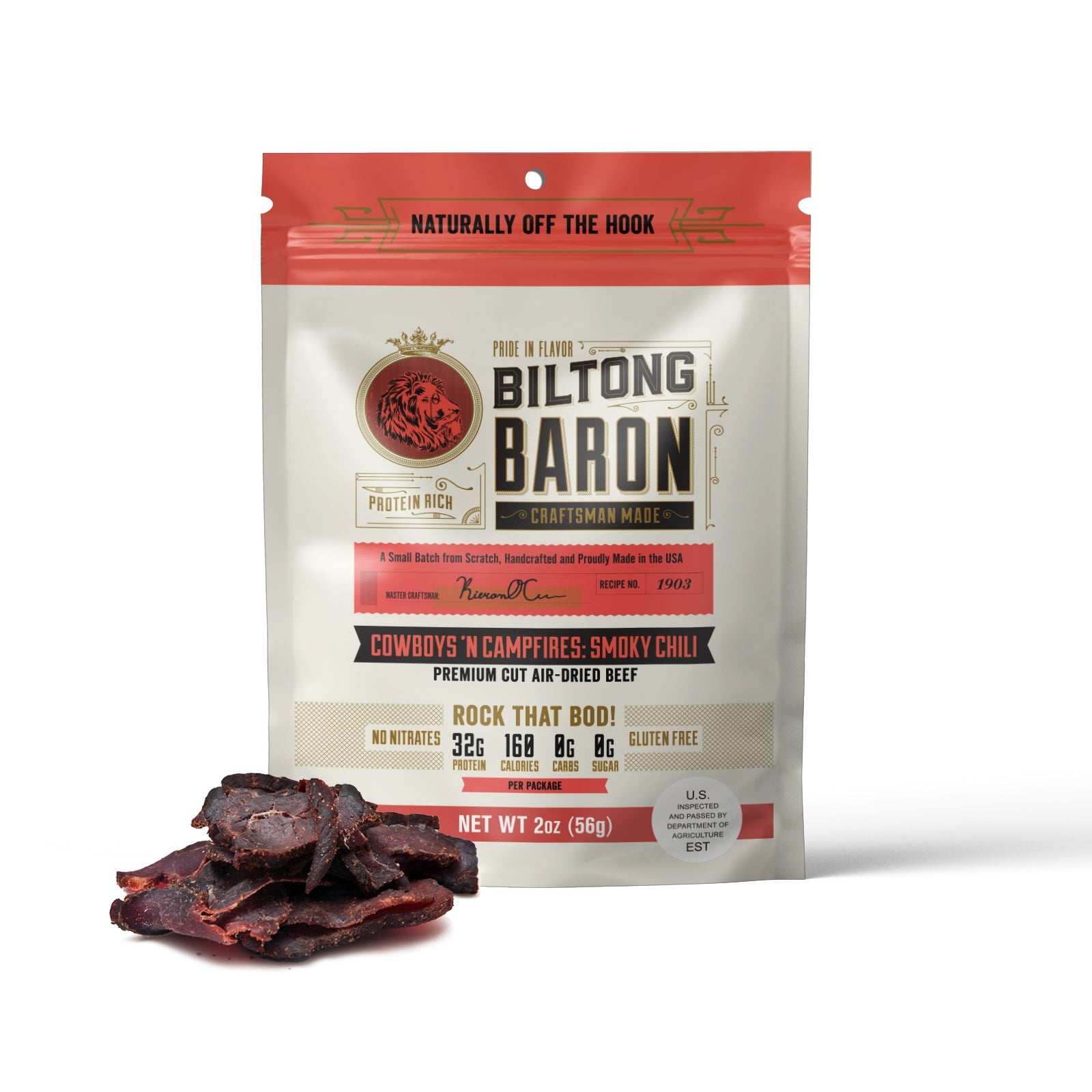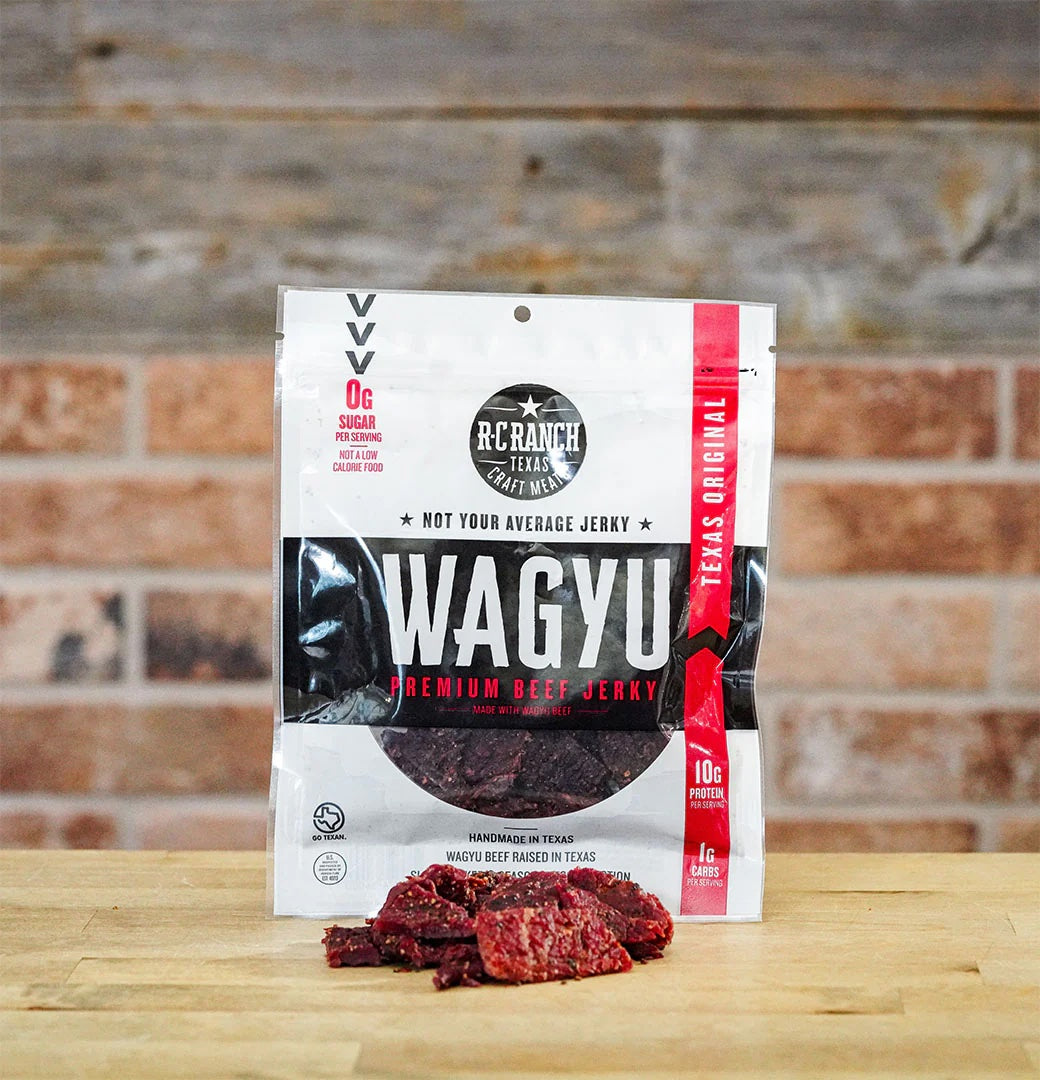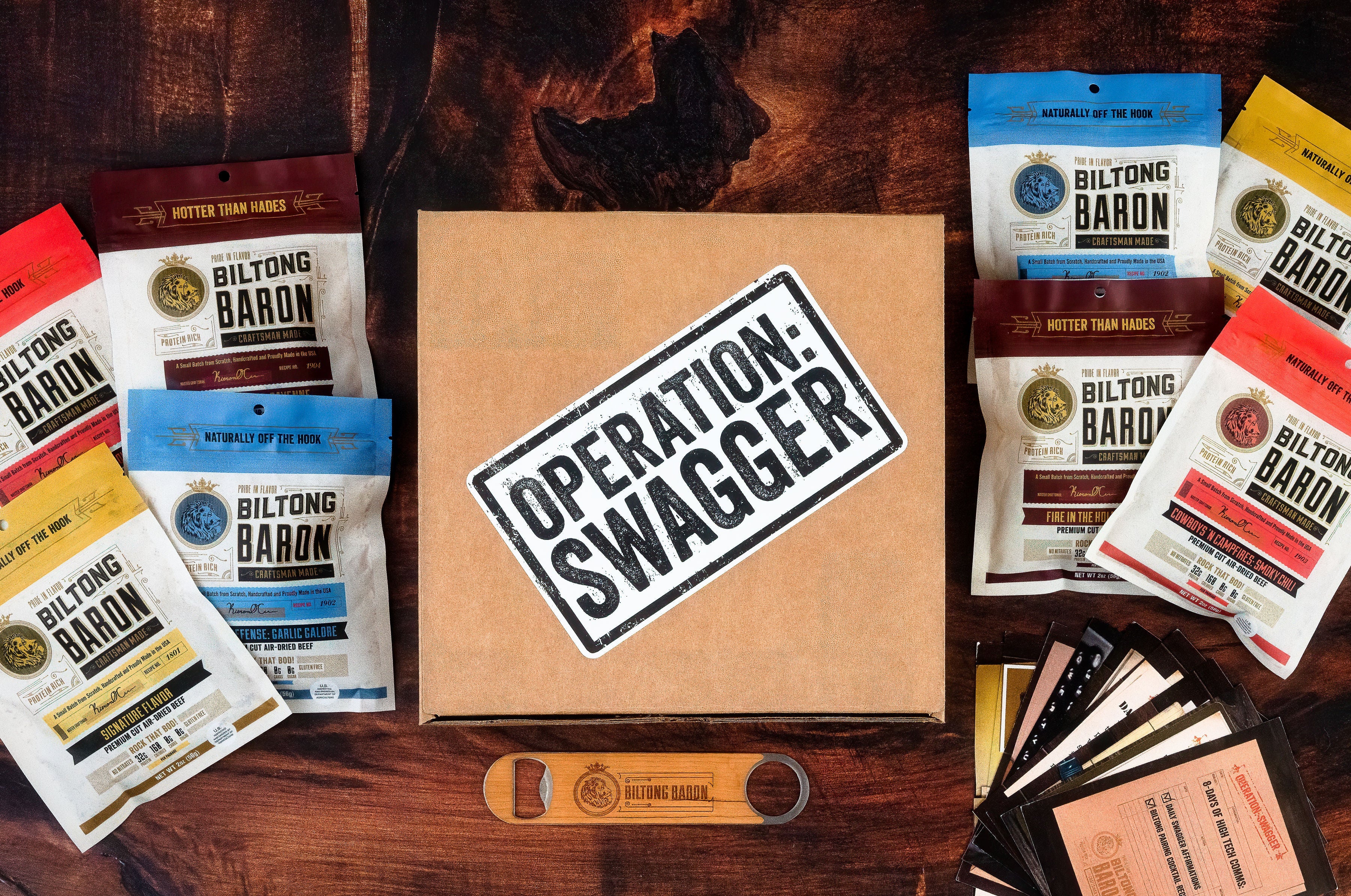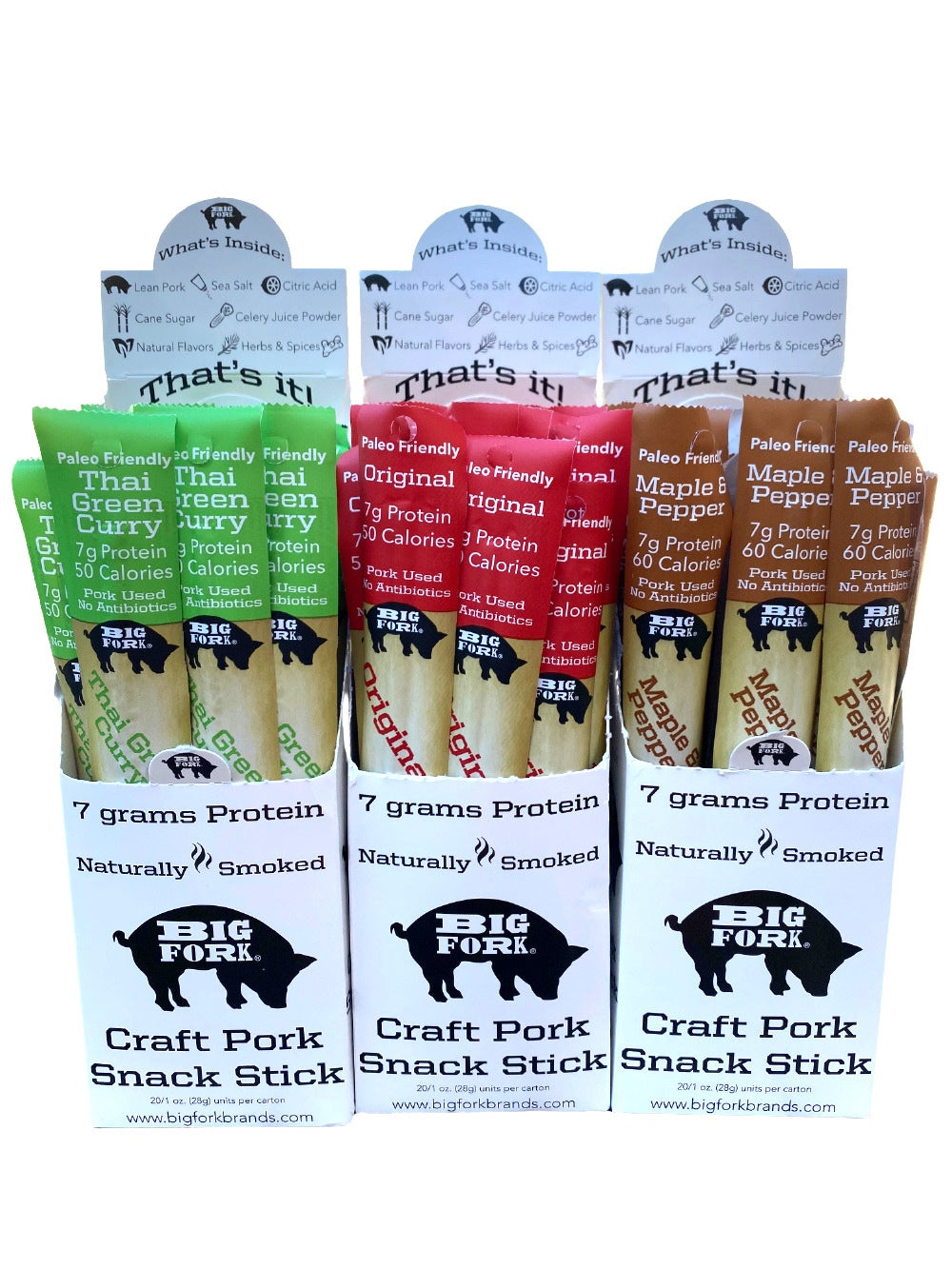-
Recently Viewed
You have no recently viewed items.
-
Featured Brands
- All Products
- About Us
- Contact Us
- Our Blog

How to Make Tender Beef Jerky
Did you know beef jerky is high in protein and low in fat and contains vitamins B12 and iron? To really get those nutrients, you need to know how to make tender beef jerky. That way, it’s as delicious as always — and you can enjoy your scrumptious snack at its perfect texture.
And homemade beef jerky is beloved worldwide. Here’s everything you need to know about how to make soft and tender beef jerky that delights your taste buds.
The Basics: How to Make Tender Beef Jerky
First, gather all the ingredients and equipment to make homemade beef jerky. Luckily, making beef jerky yourself isn’t time-consuming or expensive. It also doesn’t require special appliances — you can use an oven if you don’t have a dehydrator.
Then, decide which type of meat you want to make jerky from (most people use beef). When making homemade beef jerky, you can control batch sizes. This helps you manage your time and budget, too.
The biggest impact on your beef jerky’s quality will come from the cut of meat you use. The key is getting a cut of meat with the lowest amount of fat.
Cuts like flank steak, sirloin tip, London broil, eye of round, top or bottom round roast and topside are all lean and mostly free of visible fat.
This is important because fat doesn’t dehydrate. It’ll go rancid and ruin the beef jerky’s taste and shelf life.
Next, decide whether you want to slice with or against the grain. Meat has a grain made from the muscle fibers that run across it.
If you cut with the grain, expect to get thin strips of chewy, delicious jerky.
If you cut against the grain, you’ll get a less chewy jerky that’s easier to bite and eat on the go. And because this article is all about how to make tender beef jerky, we recommend cutting against the grain.
Can You Tenderize Beef Jerky?
Are you wondering, “Do I need to tenderize meat before making beef jerky?” Yes, you do — and the best way to do it is with a marinade.
Marinating meat tenderizes it and adds flavor before you make that tasty jerky.
Your marinade needs to contain at least one acidic ingredient, like vinegar, wine or soy sauce. It’ll help the muscle tissues in the meat break down (aka tenderize).
[Related: How to Soften Beef Jerky]
Marinade!
You’ll rarely get the ideal taste without a delicious homemade beef jerky marinade. Without marinade, jerky can be bland and tough. The marinade you use will affect the jerky’s final texture and flavor.
If you’re just starting out, focus on using basic ingredients like water, spices, vinegar and salt. You can also use soy sauce or other salts to help dehydrate the meat.
But avoid using low-sodium salt or soy sauce — it won’t have the sodium needed to stop microbial growth.
Vinegar is another essential marinade ingredient. It’s important for food safety and adds an acidic tanginess to enhance the jerky’s flavor.
Alternatively, you can use Worcestershire or Tamari sauce. Worcestershire sauce lends jerky a sweet and spicy taste for an extra layer of flavor complexity.
However, be careful not to add too much Worcestershire sauce — the taste might be overwhelming (unless that’s how you like it). Tamari sauce is perfect if you don’t like overly salty jerky. It’s also a great soy sauce substitute.
While crafting your homemade beef jerky marinade, add ingredients sparingly. If it’s your first jerky-making attempt, don’t overload on spices!
Dumping spices from the cabinet could result in, well, interesting jerky at best (and terrible jerky at worst). Less is pretty much always more. So think about the flavors you love and use them in small quantities.
Making jerky is all about experimentation, so be ready to adapt your recipe.
[Related: Explore Different Types of Jerky Recipes With Our Tips!]
How to Make Soft and Tender Beef Jerky: Step-by-Step Recipe
When making jerky, always choose lean cuts of meat. If you can, speak with a butcher who will recommend cuts. Like we noted earlier, the best cuts will have almost no fat.
Then, think about quantity. The general rule is that 3 pounds of beef should make 1 pound of jerky. But start with small amounts just in case something goes wrong — you don’t want to accidentally ruin a ton of great meat!
Cut the Meat and Make the Marinade
So let’s get started. The first two major steps are cutting the meat into slices and making the marinade.
- Remove all visible fat from the meat using a sharp knife. Check for tough or chewy bits and tendons and cut them out.
- Slice the meat into even strips. Cut against the grain for soft, tender jerky. Make sure to use a sharp knife to save time and make slicing easy.
- Note: You can buy presliced meat or freeze meat to make it easier to cut later.
- Mix a marinade with soy sauce, apple cider vinegar, ground black pepper and water. Some folks like to add brown sugar and other spices.
- Note: You can play around with ingredient quantities, but make sure the marinade is watery enough to soak into the meat (not pasty).
- Place the meat strips in a resealable bag, then pour the marinade over the strips until they’re covered.
- Seal the bag and place it in the refrigerator.
- Leave the meat strips to marinate in the refrigerator for up to 24 hours for the best results.
- Drain the marinated strips after about 24 hours.
Cook the Marinated Meat Strips: Dehydrator
Next, let’s get cooking. These are general instructions if you have a dehydrator.
- Turn the dehydrator on about 160 degrees Fahrenheit.
- Place the meat strips on the dehydrator trays or racks without folding or overlapping the strips.
- Rotate the trays/racks every couple of hours, which should evenly dry the meat from all sides.
- Note: The average cooking time is 4 to 8 hours, but keep a close eye on the jerky to prevent under- or overcooking.
Cook the Marinated Meat Strips: Oven
No dehydrator? No problem! Here’s how to cook beef jerky in an oven.
- Preheat the oven to 170 to 200 degrees Fahrenheit.
- Note: It’s a good idea to cover the bottom of the oven with aluminum foil beforehand. This prevents liquid and any remaining fat from making a mess.
- Place the meat strips on a baking sheet (make sure they don’t touch or overlap).
- Place the baking sheet on the highest oven rack.
- Prop open the oven door to allow moisture to escape.
- Leave the meat strips in the oven for at least 3 hours. Check periodically after that to make sure you don’t under- or overcook the jerky.
Find other cooking method instructions, like making jerky with an air fryer or a smoker, here.
Main Takeaways for Tender Beef Jerky
Now that you have the basics down, here’s a short list of the most important aspects of how to make tender beef jerky:
- Choose a lean meat cut.
- Cut against the grain when slicing meat.
- Use a marinade with at least one acidic ingredient.
- Marinate the meat strips for about 24 hours.
- Watch the meat strips closely while cooking/dehydrating to make sure they don’t get too tough (that is, lose too much moisture).
- Note: You can pinch the strips while cooking (don’t burn your hands!) to get an idea of their tenderness. Just make sure they’re fully cooked before eating.
Explore the Jerky Universe
Have more jerky questions? We have you covered.
Follow us on social and subscribe to our newsletter below, then check out our blog for up-to-date info on all things jerky.
Featured image via Unsplash
- Choosing a selection results in a full page refresh.









